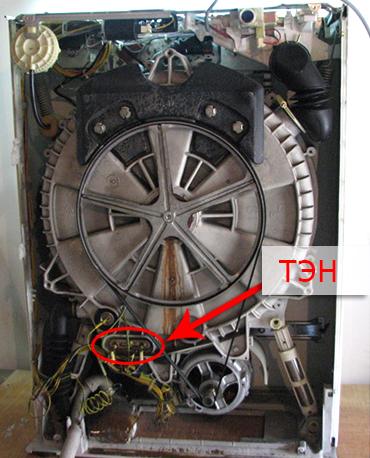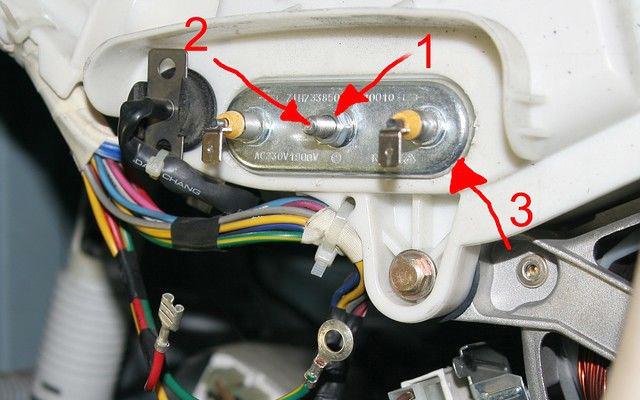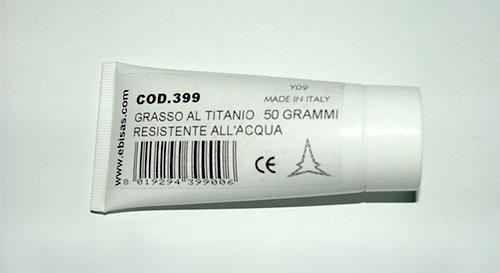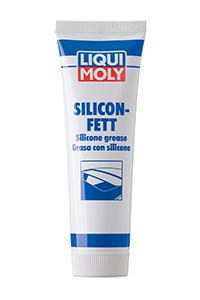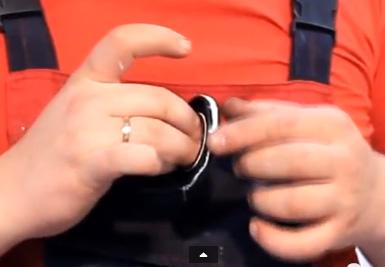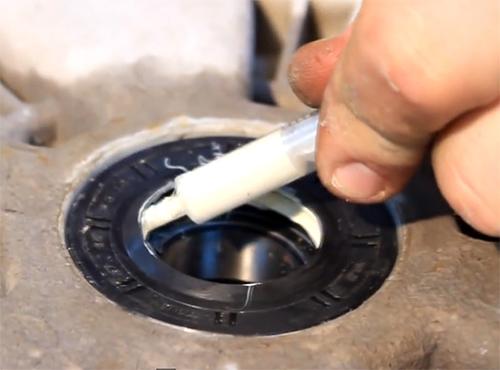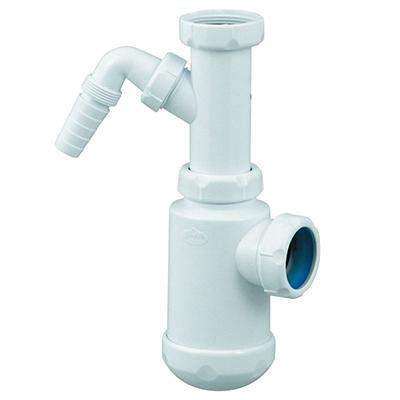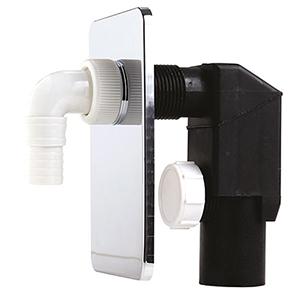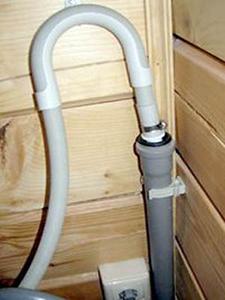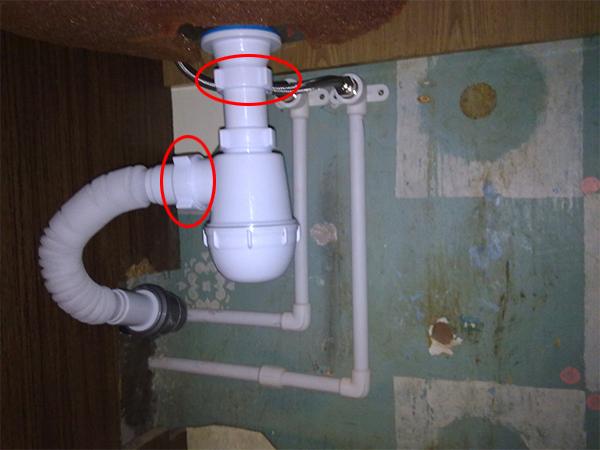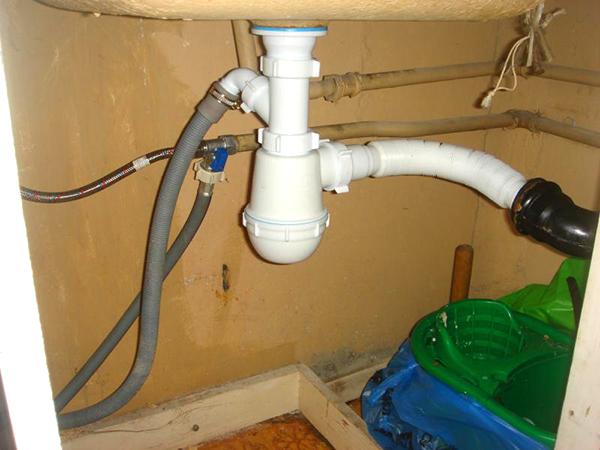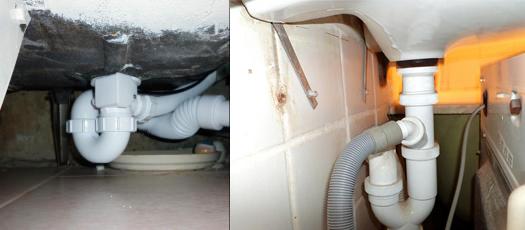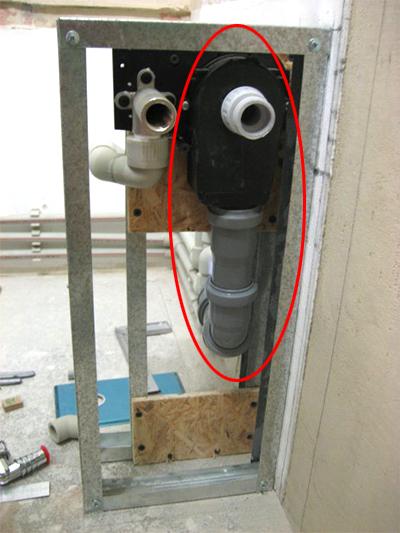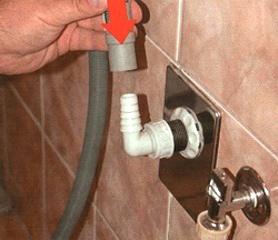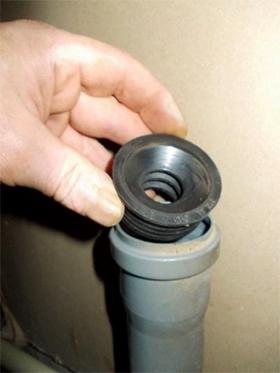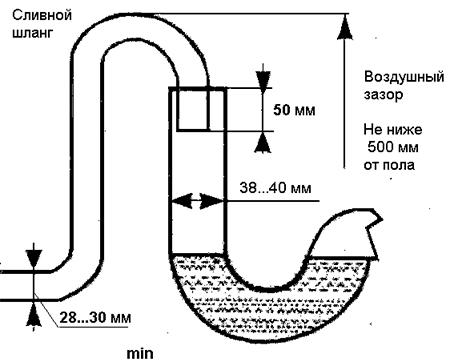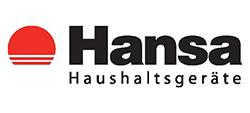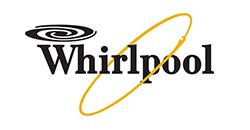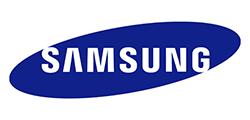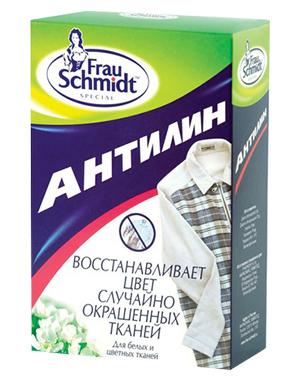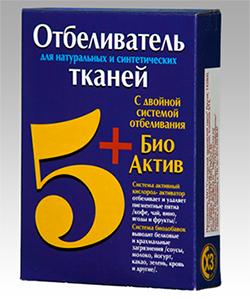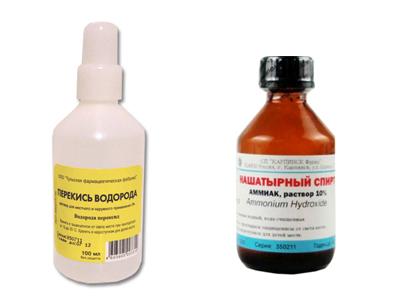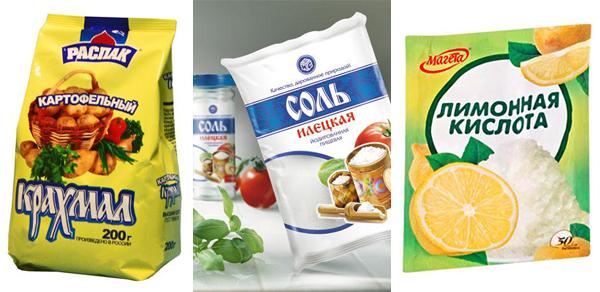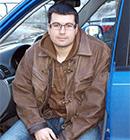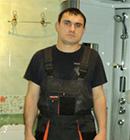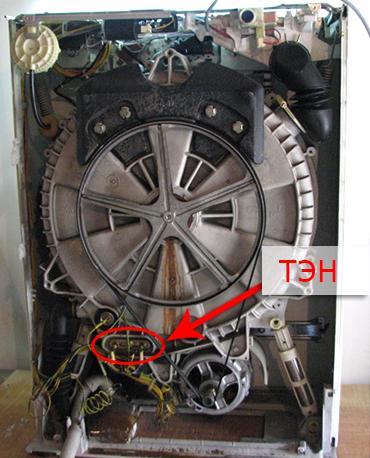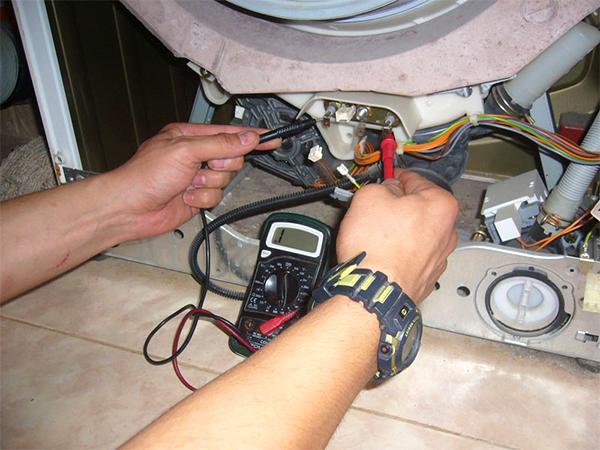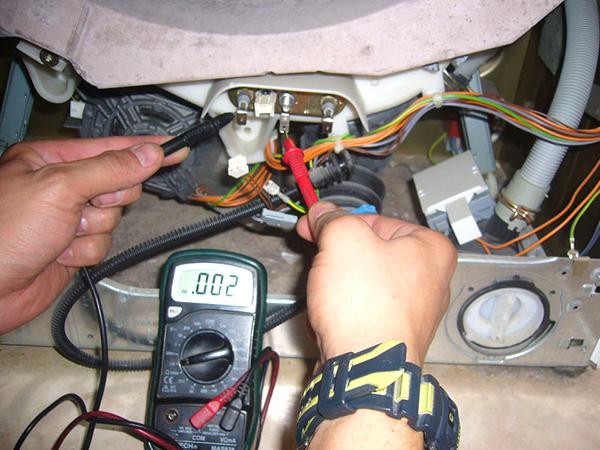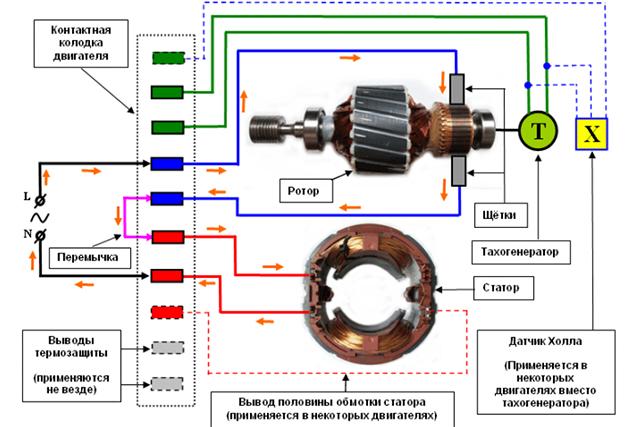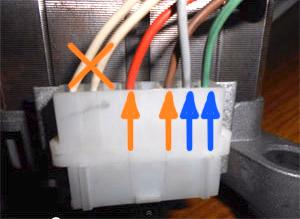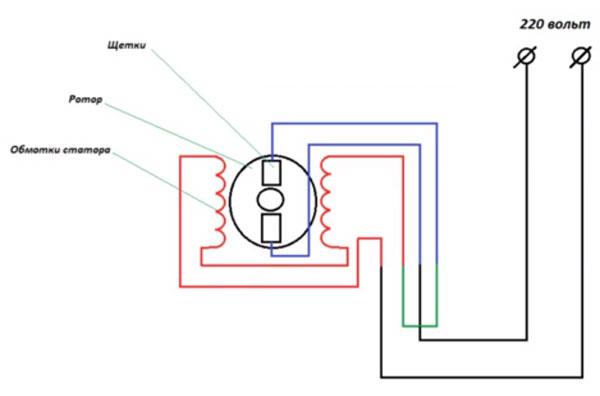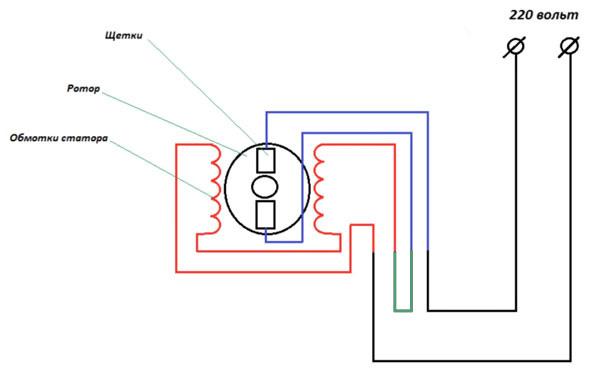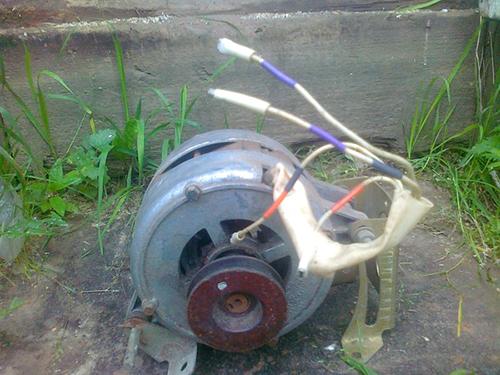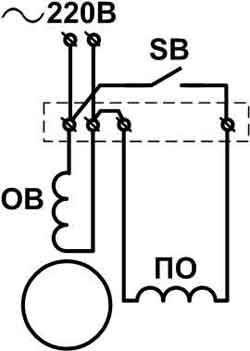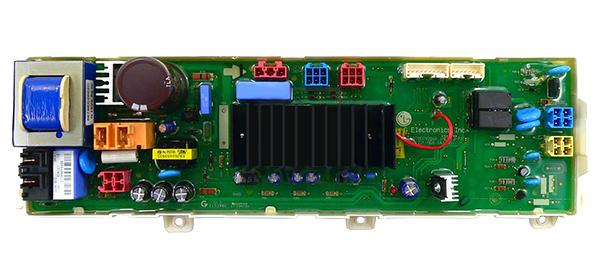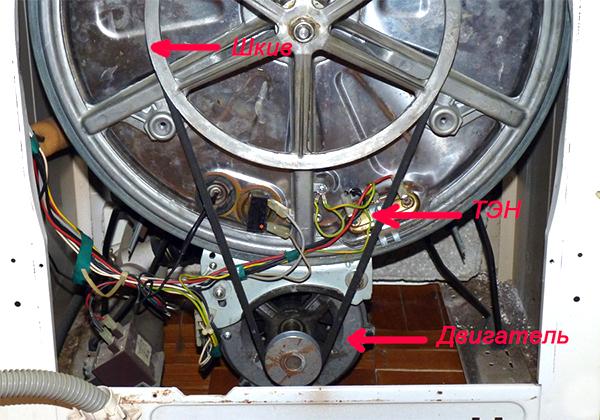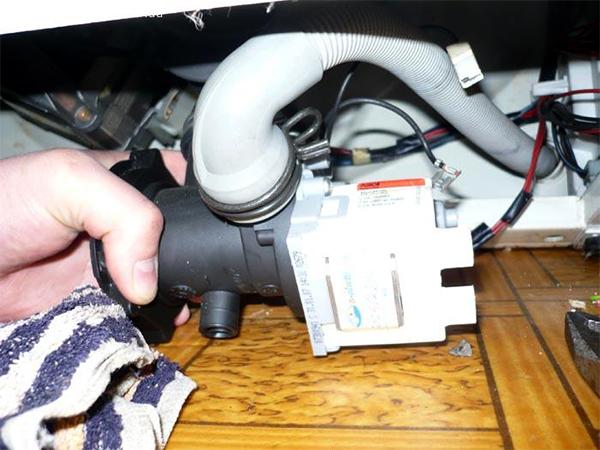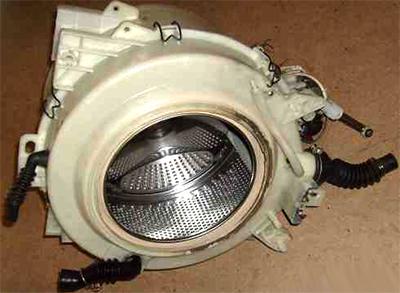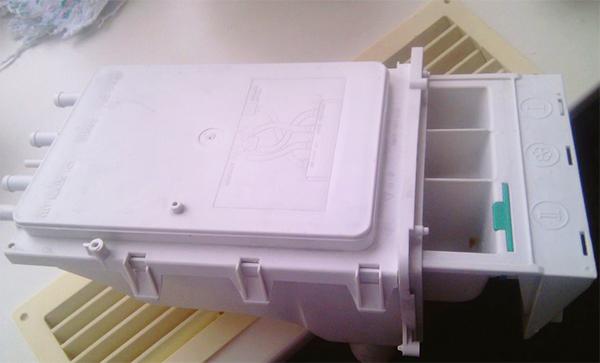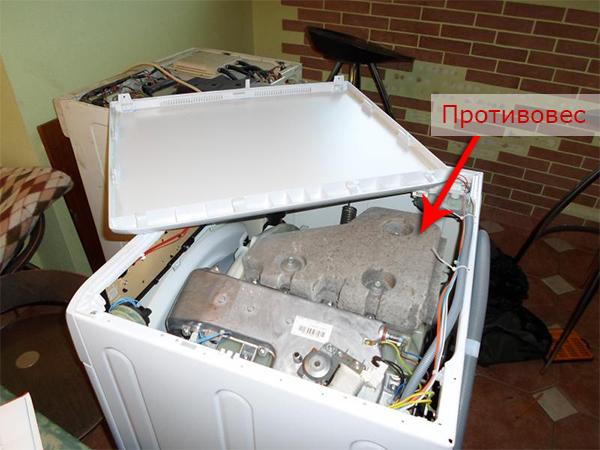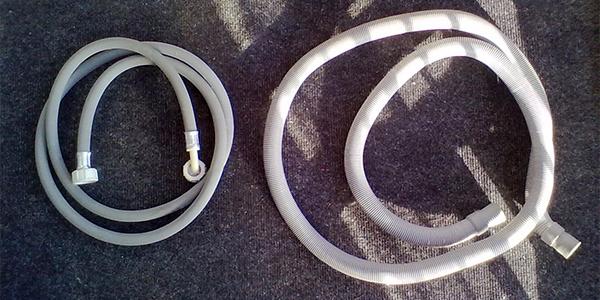Nowadays, you can find a very large number of different goods on store shelves, and before buying a washing machine, we often go to the Internet for expert advice and expert reviews in order to solve the age-old question - which washing machine is better and which one is better for us to buy.
In fact, everything is not so simple here. It is impossible to give an unequivocal answer to this difficult question, because each type of equipment has its own technical and other characteristics. Therefore, we want to offer you to understand this issue by examining washing machines from different angles and understand which machine is right for you.
Which machine is better: top-loading or front-loading
The first thing you need to decide before choosing a washing machine is the type of load. Some machines are top-loading and some are front-loading. And each of these types has its own advantages, let's talk about them.
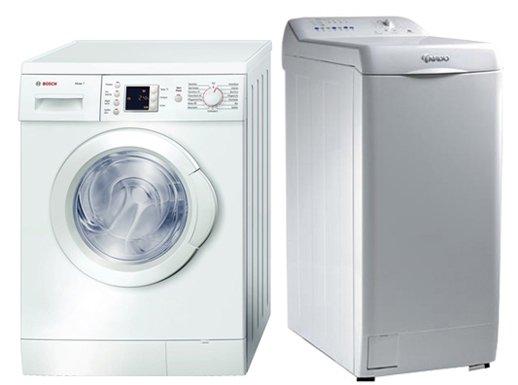
Front loading
It is much easier to choose the best front-loading washing machine, because it is the most washing machines with such a load on the market .. This is due to the fact that they are more affordable and, probably, more familiar to us.Their advantages are as follows:
- Lower price compared to vertical machines
- The possibility of embedding them in furniture
- Lesser washing machine heightespecially on some models.
The disadvantages of such machines are:
- Large dimensions compared to top-loading machines
- With the door open for loading laundry, the dimensions increase even more.
- Inability to load laundry during washing.
But all these shortcomings are not very critical and are not a strong argument to refuse this type of download.
Vertical loading
Cars with this type of loading are less in demand, but with the growth of the market their share is increasing, and they are gaining popularity. This is natural, because they have the following advantages:
- Small dimensions - these washing machines are more compact than front-loading machines.
- Possibility to load laundry during washing.
- The door, when opened, does not require additional space as with front-loading machines.
Of the shortcomings, only two can be distinguished:
- Higher cost compared to similar models of front loading machines.
- Impossible to build under the sink and into the kitchen under the countertop, because the loading door opens up.
After reading the pros and cons of both types of washing machines, you now have to decide for yourself which one is best for you and which one is worth buying. We can only advise you to pay attention to the following points.
If you have a fairly small area for a washing machine and space is limited, then you should consider a top-loading model, otherwise you can safely buy a front-loading machine.
What capacity should a washing machine have?
A very important criterion when choosing a washing machine is its capacity. It is measured in kg. For example, there are washing machines for 3.5 kg of dry laundry. This means that you can load no more than this amount of dry laundry in one wash, otherwise the machine will refuse to wash.
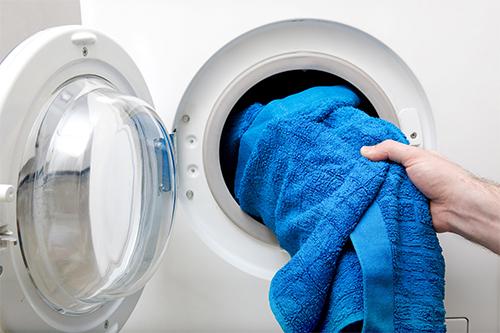
From the amount of laundry that the machine can hold in one wash, its dimensions also depend, in particular, washing machine width. The more laundry the machine holds, the larger its dimensions and vice versa. Therefore, when buying a washing machine, give preference to the one that would meet your requirements. For example, if you live alone, then a narrow washing machine with a load of up to 3.5 kg of laundry per wash will suit you. If you have a large family and children, then you need to look at models from 6 kg, because you will have to wash a lot and quite often.
In addition, it is worth noting: the larger the washing machine, the less it is subject to vibrations, and vice versa, narrower washing machines are more vibrating and noisier. This is true under otherwise equal conditions.
Which class of spin, wash and energy saving is better
To determine which washing machine is better for this type of characteristics, you need to figure out what these characteristics are.
Spin class
The spin class is a parameter that determines how well the machine spins the laundry and, accordingly, the higher the spin class, the better. The highest spin class at the moment is class “A” with a maximum number of revolutions of 1300-2000.
But do you need such a spin class? That is the question. In fact, no more than 1400 rpm, or even 1200 rpm, is enough for clothes to be wet. Of course, you can adjust the number of revolutions and set it to a lower one, but you still have to pay more for a higher spin class.
In order not to make a mistake with the choice and choose the spin class that is right for you, read our recommendations for choosing a washing machine spin class in a detailed article.
Wash class
The washing class, by analogy with the spin class - the higher, the better.But today, most washing machines, even from the budget price segment, have the highest spin class "A". Therefore, choose a machine with an “A” spin class without hesitation.
Energy class
As you might guess, the higher the class, the better. And this is true, but you need to take into account such a moment that you will need to pay extra for a higher class, because more economical cars are more expensive. The energy saving class is better machines with inverter motor, you can read more about them, but in our opinion it is not worth overpaying for this today.
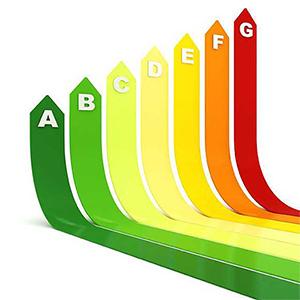
Therefore, other things being equal, give preference to a machine with a higher energy saving class.
Which washing machine programs are best
Do I need to pay attention to the presence of certain programs when choosing a washing machine? Of course, if you have asked a similar question, then it is worth considering it closer and understanding it. Today, different manufacturers of washing machines and in different models have completely different washing programs. At first glance, it may seem that the choice of programs is so high that it is almost impossible to understand it.
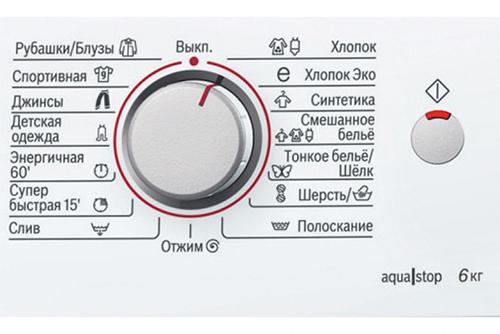
But it is worth noting that with all the variety of washing programs in different models, they are all similar in application. Let's list the typical programs that are present in almost every washing machine and answer 99% of user requests:
- Normal wash (cotton)
- Synthetics
- Delicate wash
- Quick wash
- Handwash
- Wool
These programs solve almost any task of washing clothes, all the rest can be chosen only from your preferences and wishes. They tend to add convenience when washing certain types of clothing.
What additional features to look out for
Since there are a lot of washing machines, and each of the manufacturers is trying to bring some know-how to this unit, it is worth knowing the main functions that you should pay attention to.
Leak protection is a pretty popular feature these days. It allows the washing machine to control water leakage and, in case of such, block the water supply, thereby preventing floor flooding (respectively, neighbors from below).The function is quite useful and, of course, necessary, but it happens not on all models.
Partial protection against water leaks is more common - it prevents water from leaking due to a special hose that you can buy at the store and put on any washing machine.
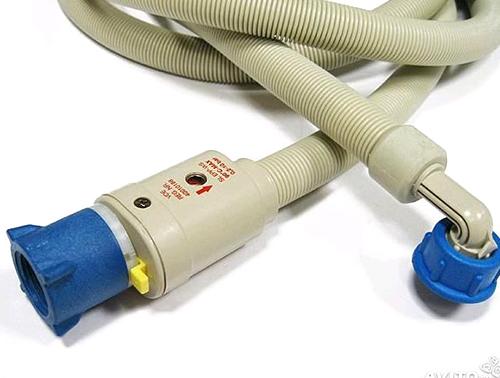
Models with full protection against water leaks with the Aqua Stop system will prevent leakage in the event that water enters any inappropriate place in the washing machine. The complete protection against water leaks has an additional solenoid valve on the hose, which is controlled by the washing machine itself. Only the manufacturer of the washing machine can install such leakage protection.
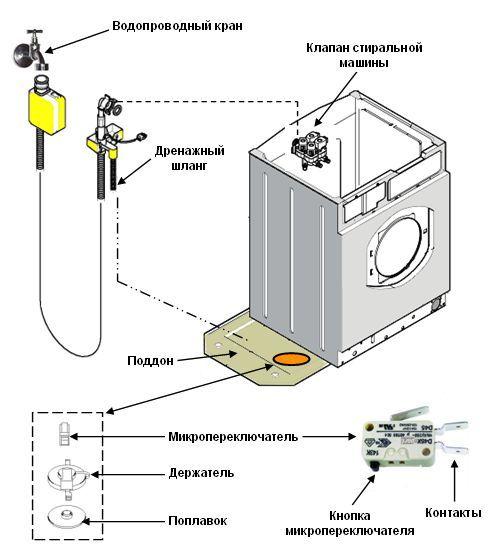
Of course, you should choose a washing machine with full protection against water leaks, but keep in mind that such models are of a more expensive segment.
Direct drive machines - today there are a lot of various myths around these washing machines. It should be noted that direct drive machines are manufactured by LG and if you decide to buy just such a washing machine, then consider that you have already decided on the manufacturer.
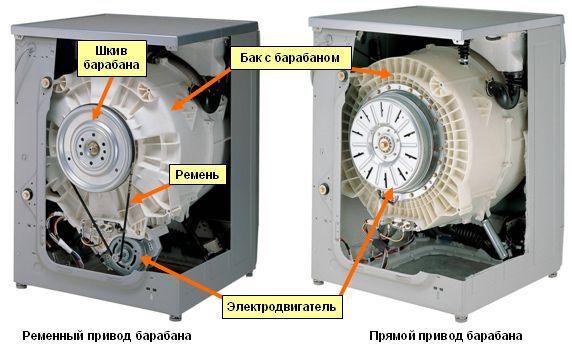
The advantages of this type of drive are that the drum rotates directly from the engine itself without the use of a belt, which reduces the number of rotating parts, prolongs their service life and reduces noise.
Eco bubble, "Six movements of care", etc. - this is, so to speak, the know-how that each manufacturer has, and each has its own. We tend to believe that, undoubtedly, they have their advantages, and they have a positive effect on the quality of washing. But the role of these know-hows is greatly overestimated and is more of a commercial move. Therefore, we recommend not to focus on them.
Various control systems - modern washing machines have a bunch of different sensors to control different parameters: imbalance control, foam control, water quality control, detergent dissolution control, protection against creasing, and the like.Undoubtedly, these types of sensors make the operation of the washing machine easier. But it is worth noting that you have to pay for the pleasure: the equipment itself with additional functions is already in the more expensive segment.
Also pay attention to the conditions in which you plan to use the washer. For example, if you want to choose a washing machine for a summer residence, then there are many nuances here, ignoring which in the future you will experience inconvenience or even the inability to use a washing machine. Such a situation may arise, for example, in the case of insufficient water pressure in the country. More about all the intricacies of choosing a washing machine for a summer residence you can read on our website.
It is impossible to list all the functions of washing machines, because manufacturers come up with new ones every day.Therefore, pay attention to the key functions of the washing machine, namely the quality of washing, spinning, programs, dimensions, capacity, type of load. And all the additional functions already choose from your preferences.
Buy a washing machine with or without a dryer
Recently, more and more washing machines with a drying function began to appear on the market, and people began to ask a logical question: which washing machine is better with or without a dryer?
The presence of drying in the washing machine, of course, is a very positive thing - after all, in one device you have the function of two. Buying a washer-dryer is cheaper than buying a separate washer and dryer. But there are some pitfalls here, let's talk about them:
- Washers and dryers take up much more space, because in order to use the dryer, you need a fairly large drum. Therefore, such a washing machine may not even go through the door - it will have to be disassembled a little.
- Large power consumption – Compared to a conventional washing machine, drying requires additional energy and consumes more electricity.
- The drying quality of washing machines is worse than that of individual tumble dryers - if you are faced with the choice of buying a washer-dryer or a set of two units, then it is better to choose the second. First, the tumble dryer holds more laundry to dry. Secondly, the quality of drying clothes is higher.
We are not saying that washer-dryers are evil. No, of course, this is a wonderful invention, which is undoubtedly necessary. But you should be aware of the disadvantages of these devices.
Which brand of washing machine is better
This is a very difficult question that no professional can give you an objective answer to.Here everyone decides for himself what he likes best. But, if we talk about the frequency of breakdowns in a washing machine of a particular manufacturer, then it’s worth take a look at the rating of washing machines for this year and draw appropriate conclusions from it. It is definitely impossible to say that the best LG brand washing machine; or Hotpoint-Ariston is worse than Samsung.
Washing machines of all brands are worthy of attention. LG, for example, is famous for its direct drive and its 5-year warranty. Bosh - for its build quality and ease of use, BEKO - for its low price and availability.
In a word, each buyer can find the best washing machine according to his needs and wallet.
Which washing machine is better - expert reviews
Expert opinions on this issue also differ: here, for example, are some of them:
Alexey Ponomarenko
Washing machine repairman
I have been repairing washing machines for over 15 years and I can say for sure that Ariston machines are the highest quality today. There are far fewer calls for them than for other brands. But sometimes you come across models of budget manufacturers such as Vestel, which serve people for 8 years and do not break, with the exception of trifles.
Sergey Bryzin
Consultant from a well-known home appliance store
I work at a well-known appliance store and sell a fair amount of washing machines. People buy completely different manufacturers: from the cheapest to equipment at space prices. So, I want to say that we have more returns on equipment of the middle price segment than on cheap models. But there is enough marriage everywhere, of course.
Vasily Lazarev
Household Appliance Repair Master
I am engaged in the repair of various appliances: washing machines, dishwashers, showers and more. I can say for sure that now they are producing one consumer goods, the quality has completely disappeared in recent years. The average service life of any household appliances is no more than 5 years, so draw your own conclusions. Ariston is generally disposable washing machines: if the bearing flies, then you have to “reinvent the wheel”, the tank is not collapsible.
